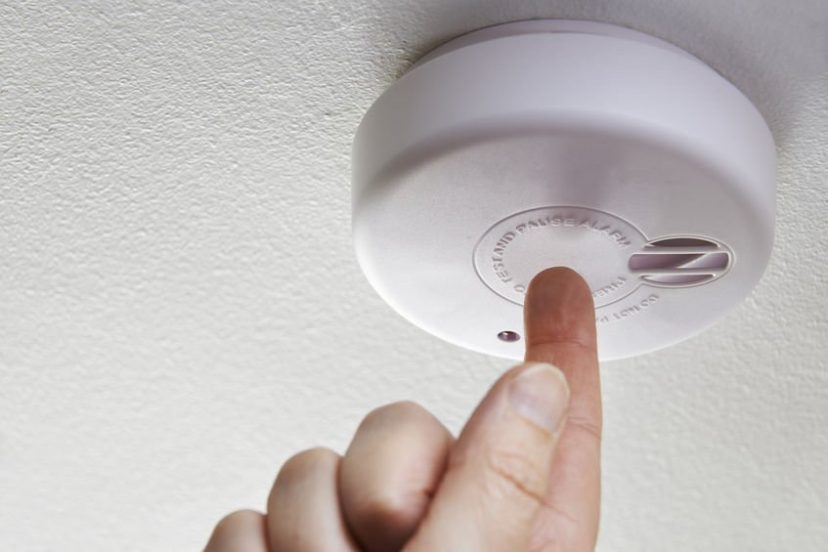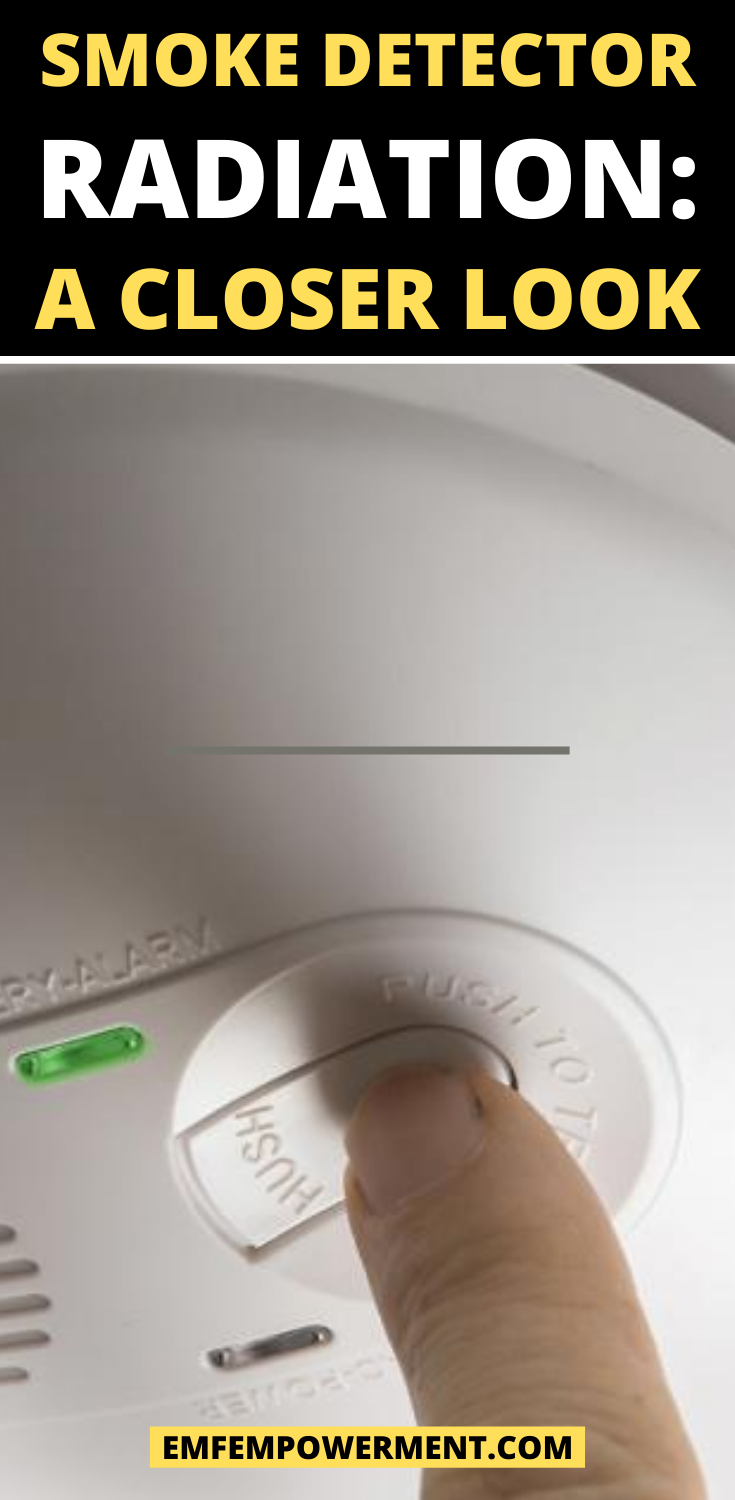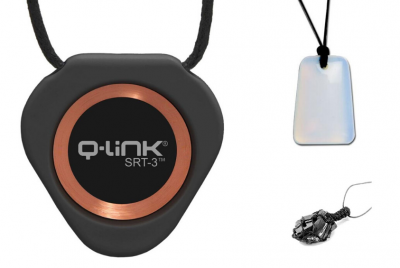When worn correctly, both Bluetooth and wired earbuds offer a lightweight and comfortable way to listen…
Smoke Detector Radiation: A Closer Look

*We may earn a commission for purchases made using our links. Please see our disclosure to learn more.
Many recognize smoke detectors as beneficial household items that help keep our families safe from fire. What is less well-known, however, is the tendency of these devices to produce radiation. On the one hand, some say the exposure levels are so small that the benefits justify the risks. On the other, someone who is conscious of their radiation exposure may disagree.
To help you figure out what camp you’re in, let’s take a closer look at the subject. We’ll first discuss the different types of smoke detectors and the types of radiation they produce. We’ll also give some tips for keeping you and your family safe.
Let’s get started.
Types of smoke detectors
Not all types of smoke detectors produce radiation. There are three main types you might encounter:
- Ionization
- Photoelectric
- Combination
Ionization smoke detectors use a small amount of radioactive materials, usually either americium-241 or radium-226. Some also use nickel-63. The radiation source is placed between two metal plates in an ionization chamber. Now, it’s worth noting here that any radioactive element is in a constant state of decay. As the element decays, it gives off particles that join with other particles to form ions.
This process happens inside the ionization chamber, creating an uninterrupted current. When smoke enters the chamber, it disrupts the flow and triggers the alarm. Ionization alarms are the most effective at detecting fast-spreading fires with a lot of flames.
Photoelectric alarms rely on a light sensor inside of a dark chamber. If smoke enters the chamber, it reflects onto the sensor and triggers the alarm. These types of alarms are effective at detecting slowly smoldering fires that produce a great deal of smoke.
Combination alarms consist of both ionization and photoelectric chambers. These are the most effective type of alarm because they can easily detect smoldering and quick-spreading fires.
Smoke detectors and ionizing radiation
As you may have guessed by now, ionization alarms produce ionizing radiation due to the radioactive element inside the ionization chamber. If you need to brush up on the types of radiation, head over to our Radiation 101 guide.
Now, the amount produced is very small — about .002 millirems per year, or .00002 millisieverts. For comparison’s sake, consider that a single chest x-ray exposes a patient to .1 millisieverts of ionizing radiation.
Photoelectric alarms, meanwhile, do not produce ionizing radiation as they rely on a light sensor. Combination alarms, while they may be highly effective, also produce trace amounts of radiation due to their ionization chamber.
Non-ionizing radiation and smoke detectors
There are a couple of potential ways that a smoke detector can produce non-ionizing EMF radiation, as well. If you are using a connected alarm such as Ring, Nest, or any other WiFi-enabled alarm, it will likely produce some degree of RF-EMF radiation. The actual amount will vary depending on your model — you can check this with an EMF meter, such as the TriField TF2.
If your alarm is hardwired instead of entirely battery operated, it may also produce small amounts of ELF-EMF radiation. You can also use your EMF meter to check the levels of ELF-EMF radiation present from the detector.
Tips for reducing your exposure
- Switch to a photoelectric-only smoke detector if you are concerned about ionizing radiation. While the amount of radiation produced by an ionization meter is relatively low when compared to medical tests or even natural background radiation from the Earth and space, it’s still greater than zero. Photoelectric smoke detectors may represent a safer alternative. One trusted option is First Alert’s BRK 7010B Hardwired Smoke Detector with Photoelectric Sensor. Note that First Alert does also manufacture combination and ionization alarms, so be sure to double-check the style of the alarm you purchase.
- Opt against smoke detectors that utilize WiFi to connect to each other. This feature has its benefits, but it also leads to the production of RF-EMF radiation. If you are using smoke detectors that require an internet connection, it’s well worth it to install them on a hardwired line.
- Check your batteries every six months. Fresh batteries won’t cut down on the amount of radiation you’re exposed to, but they will help ensure your smoke detectors stay functional. It’s an important tip that always bears repeating: check and replace those batteries often.
Final thoughts
Smoke detectors are important for any household. Combination detectors are the most effective at providing early alerts for all types of fire, and the amount of radiation they produce may justify the risk for some people. For others, photoelectric-only detectors may be a safer option. 



